by Susan Norsigian, Art Therapist, LCPC
The American Art Therapy Association defines art therapy as:
“…an integrative mental health and human services profession that enriches the lives of individuals, families, and communities through active art-making, creative process, applied psychology theory, and human experience within a psychotherapeutic relationship.”
It further succinctly describes the value of this therapeutic modality:
“Art therapy, facilitated by a professional art therapist, effectively supports personal and relational treatment goals as well as community concerns. Art therapy is used to improve cognitive and sensory-motor functions, foster self-esteem and self-awareness, cultivate emotional resilience, promote insight, enhance social skills, reduce and resolve conflicts and distress, and advance societal and ecological change.”
Art therapy is extremely versatile, and useful in many situations and with a wide variety of clients. I use art therapy with children and adults. You have probably heard the quote “A picture is worth a thousand words.” This often-repeated observation is attributed to Fred R. Bernard, an advertising pioneer from the 1920s. Art therapy can be used to explore and process feelings and thoughts already expressed, or, conversely, to search for feelings and patterns, and then process them. It is easily adaptable to, and used in conjunction with, other techniques, such as CBT (Cognitive-Behavioral Therapy) and family and couples therapy. Becoming aware of behavioral patterns through the creative process can lead to behavioral changes, because awareness is the first step toward change. An example of combining art therapy and CBT is the use of a “time line” to search for patterns of emotions, behavior and abuse throughout one’s life. Seeing a visual image, a concrete picture, can help clarify, “solidify” and validate the client’s thoughts and feelings, leading to, hopefully, progress through behavior changes.
The act of being creative stimulates the more emotional part of one’s brain and can tap into subconscious thoughts, making it a valuable tool in searching for behavioral and emotional patterns. For example, an image might come up in a drawing, and, through exploration, be found to be relevant and helpful to a client’s growth and healing. So, talk therapy is often enhanced through the use of images made by the client. In Image Number 1 (included here), the artist explored her feeling of being “boxed in” through literally painting boxes. She was aware of her feeling of being trapped, and used her painting to process it, then discuss it and begin to make changes in her life. In Image Number 2, she used drawing to come to terms with feelings of grief around a major change involving an animal that is very important to her.
Art therapy is a natural tool with children but is effective with any age. When working with children, I use the “House-Tree-Person” tool to help me get a feel for the child’s personality (see Image Number 3). It is also common to ask a child to draw a picture of himself, his family or other significant aspects of his life. Keep in mind that these tools work with any age client, if they are willing to engage. I do not push art therapy onto any of my clients. Family art therapy is also effectively used, to help see patterns of behavior within a family unit.
Making visual art often reflects a person’s thought processes as well as mood. To name a few examples, a severely depressed person might portray himself as very small on the page. Missing feet or hands might suggest feeling helpless or useless. A schizophrenic’s art can reflect disorganized thinking, by literally being visually disorganized. An aggressive or angry person might include a lot of sharp edges, sharp teeth. These clues can be very helpful to the therapist as she learns about her client and formulates goals and objectives for treatment.
There are several accredited art therapy programs in the United States. Southern Illinois University at Edwardsville is the closest in the metro-east area, and my alma mater. The Art therapy program there is a 3-year master’s of art degree. The program includes all necessary coursework to allow the graduate of the program to take an exam to earn the credential “Licensed Professional Counselor”(LPC.). Once the LPC is earned, the therapist, after two years of supervised work in the field, is eligible to take the NBCC (National Board for Certified Counselors) exam to earn the LCPC (Licensed Clinical Professional Counselor) certification.
One thing that is important to know and remember, is that art therapy is not about talent or ability to draw or paint or make 3-D work; it’s all about the process. If a finished piece is created, that is a bonus. Often people shy away from the process because they feel they have no artistic ability. The beautiful thing about making images is that the feeling comes through in the work no matter how talented the client. I have seen some powerful images created by people who tell me they “can’t draw a straight line.” Actually, it’s not the straight lines that art therapists are interested in anyway!
Susan Norsigian LCPC
Counselor and Art Therapist
2362 Country Rd
Shiloh, IL 62221
Susan Norsigian is a Licensed Clinical Professional Counselor in private practice in the StL Metro area. She can be reached at:
618-223-4502
snorsigian@gmail.com.
NorsigianCounseling.com




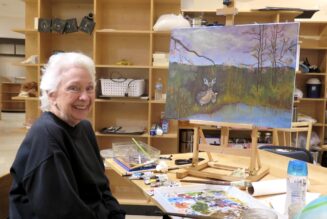
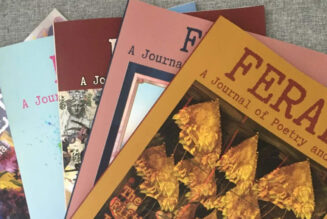
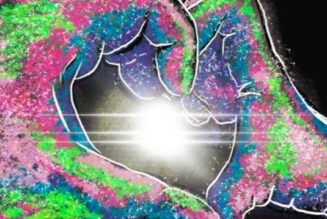
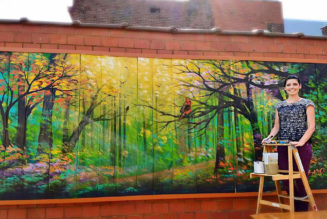

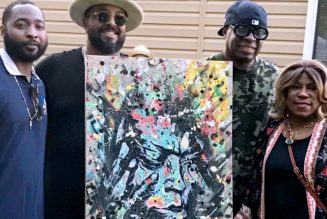
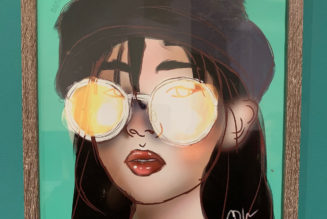


Maggie
Great article, Susan! I thoroughly enjoyed reading it and you are a very accomplished writer.